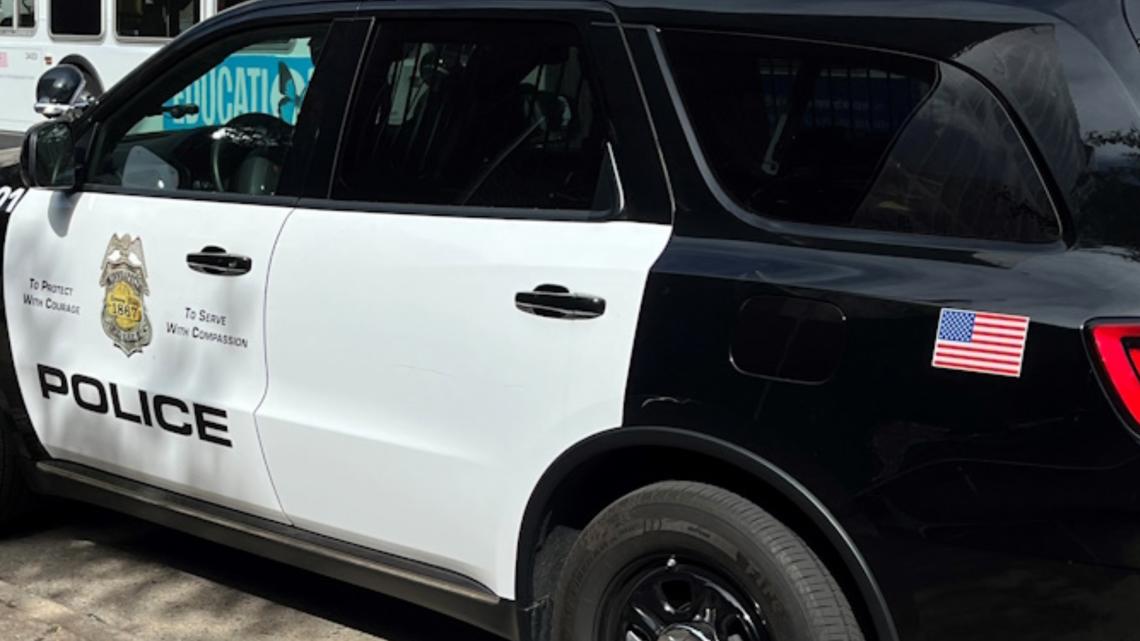The Mystery of Row 11: Three Survivors Linked by an Unfortunate Coincidence

In an astonishing development that has captured public interest, three survivors from different airline accidents share an unusual commonality: all were seated in row 11. This peculiar coincidence raises intriguing questions about whether this specific row possesses a hidden advantage in terms of safety. Is there something structurally unique about row 11, or is the survival of these individuals merely a matter of luck?
The concept of “miracle seats” has emerged among aviation enthusiasts and curious minds alike, with many speculating about the potential safety implications of being seated in row 11. This trend has gained traction as stories of survivors from various airplane crashes have surfaced, documenting their harrowing experiences while highlighting their proximity to an elusive safety zone.
Among the three noteworthy survivors, the first is Vishwash Kumar Ramesh, who found himself aboard Air India Flight AI117 on June 12, 2025. The flight, a Boeing 787 on its way to London, tragically crashed into a residential area in Ahmedabad shortly after takeoff. Of the 270 people onboard, including 29 individuals on the ground, Ramesh emerged as the sole survivor. Rescuers located him conscious and responsive amidst the wreckage, sparking amazement and disbelief at his survival given the severity of the crash. Currently, he is recuperating in a hospital, his story drawing attention as one of resilience.
The second survivor, Ruangsak “James” Loychusak, was a notable figure in the Thai entertainment industry. In December 1998, Loychusak was on Thai Airways Flight TG261 when it crashed during a landing attempt in the southern city of Surat Thani. The aircraft encountered perilous weather conditions, resulting in a tragic accident that claimed the lives of numerous passengers. Remarkably, Loychusak, who was seated in 11A, managed to escape the chaotic scene and shared a gripping account of his ordeal, illustrating the moments of panic as he crawled out of the flames.
The third survivor, Kumar Nadig, experienced a similar fate aboard Indian Airlines Flight 605 on February 14, 1990. The Airbus A320 was attempting to land at Bangalore airport when it tragically crashed onto a golf course, resulting in significant loss of life. Nadig, sitting in seat 11C, had initially been assigned to a different seat but switched with a fellow passenger. His quick thinking and determination allowed him to open an emergency exit, successfully rescuing both himself and a mother-son duo, further cementing the seat's dubious reputation for survival.
As discussions surrounding these occurrences unfold, experts are beginning to analyze whether row 11 might indeed be a safer place to sit. Some aviation professionals argue that the positioning of row 11 may not guarantee safety but can provide an edge in certain scenarios. Ramesh's seat, for instance, was located at an emergency exit near the front of the aircraft. According to Professor John McDermid of the University of York, this area is structurally stronger due to its proximity to the wing box, which may have protected Ramesh during the impact.
Additionally, Professor Ed Galea, an authority in fire safety and evacuation, highlighted the fortunate circumstances that contributed to Ramesh's survival. He noted the critical factors of surviving the impact, sustaining minimal injuries, and having easy access to an exit, all of which played pivotal roles in the outcomes of these survival stories.
However, while emergency exit seats do tend to increase the likelihood of survival, they do not offer a definitive assurance. Structural differences between aircraft models mean that row 11 may not always replicate the same advantages. As Ron Bartsch of AvLaw Aviation Consulting pointed out, the safety of a specific seat ultimately depends on the aircraft's design and configuration on any given day. “In this particular instance,” Bartsch explained, “because the passenger was sitting adjacent to the emergency exit, this was obviously the safest seat on the day.”
As these remarkable stories continue to circulate, one thing is clear: the link between row 11 and survival in these tragic incidents is more than mere coincidence, prompting a deeper exploration into the safety dynamics of commercial aviation.




























